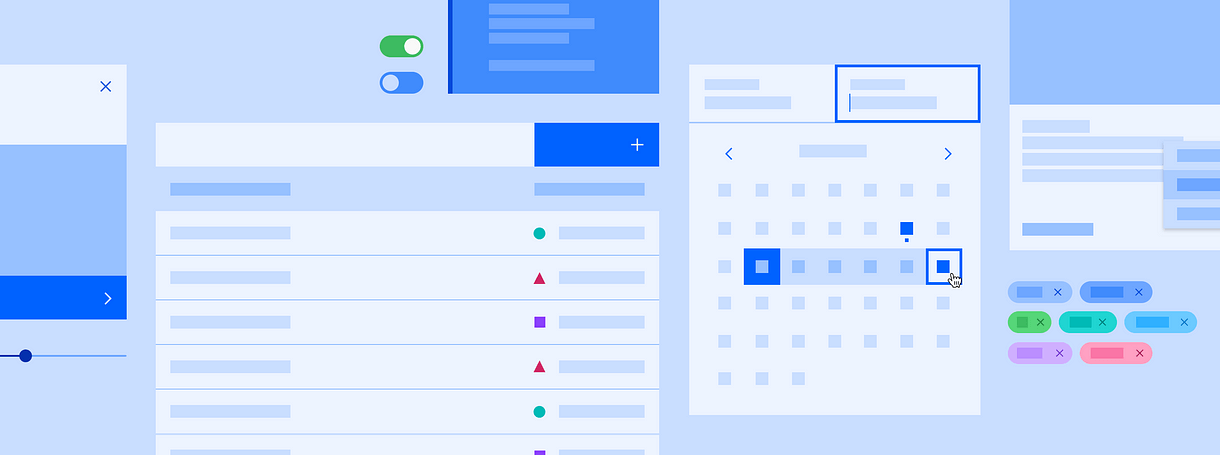Introduction
In the dynamic world of design, efficiency, collaboration, and consistency are king. Design systems have emerged as the unsung heroes, offering a structured approach to create, manage, and scale the design process. In this article, we delve into the top 5 design systems that have proven to be game-changers for designers and teams alike. Accompanied by Figma UI kits, we’ll explore how these systems can be your next big step to elevating your design workflow.
If you have any question, feel free to contact us.
Material Design System
Google’s Material Design System is a visual language that synthesizes the classic principles of good design with innovation and technology. It’s grounded in tactile reality, inspired by the study of paper and ink, yet technologically advanced and open to imagination and magic.

Key Features and Benefits
- Consistency and Flexibility: Material Design offers a systematic approach to visual, motion, and interaction design across platforms and devices. It ensures consistency while being flexible enough to accommodate brand expression.
- Pre-designed Components: With the Material Design Figma UI kit, designers can access a range of pre-designed components, streamlining the design process and ensuring consistency.
- Community and Resources: A vibrant community and a plethora of resources mean that designers are never alone in their journey, always having access to inspiration and assistance.
Atlassian Design System
Atlassian’s Design System is renowned for its clarity, efficiency, and inclusivity. It’s a comprehensive guide that helps teams design and build consistent, recognizable designs for all Atlassian products.
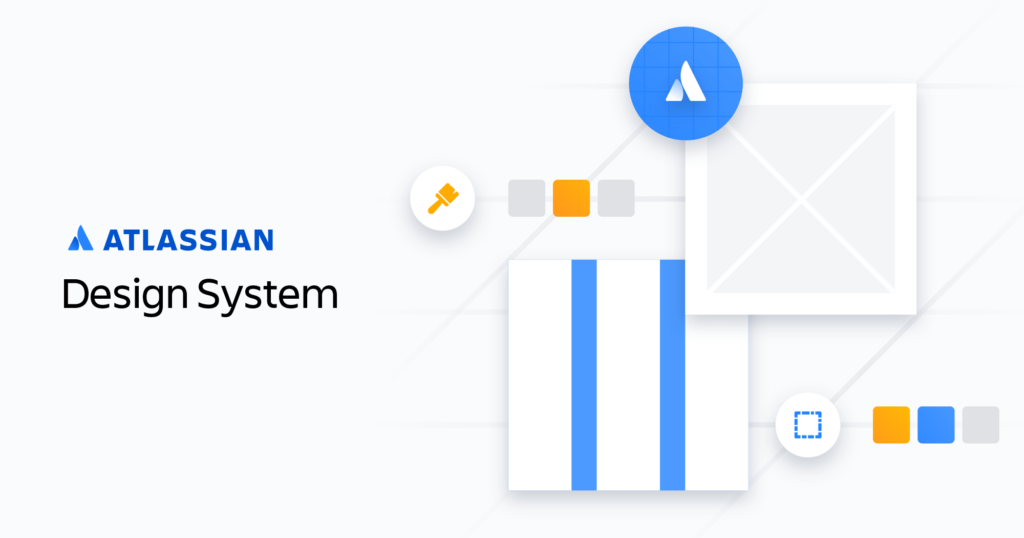
Key Features and Benefits
- Comprehensive Guidelines: It offers detailed design, content, and code guidelines, ensuring that teams are aligned, and designs are consistent.
- Figma UI Kit: The Atlassian Figma UI kit is a treasure trove of pre-designed components and patterns, accelerating the design process.
- Accessibility: Atlassian places a strong emphasis on accessibility, ensuring that products are usable by as many people as possible.
Microsoft Fluent Design System
Microsoft’s Fluent Design System is about sensory aesthetics. It’s a system that adapts to a complex world of data and cloud computing, scaling across inputs, devices, and dimensions.
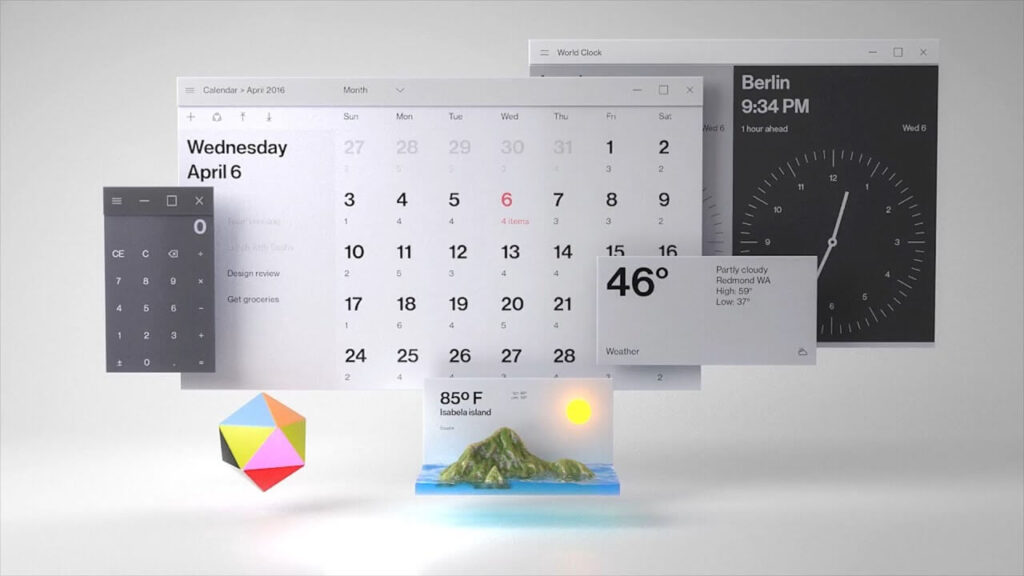
Key Features and Benefits
- Adaptive: Fluent is adaptive, scaling from the simplicity of a pen to the complexity of a workstation, ensuring a seamless user experience.
- Figma UI Kit: The Fluent Figma UI kit offers designers a range of tools and components to create intuitive and beautiful interfaces.
- Community Engagement: Microsoft engages the community actively, ensuring that the system is continually refined and enhanced.
Shopify Polaris Design System
Shopify’s Polaris is designed to serve as a guiding light for every Shopify experience. It’s a design system that creates a shared language and operational framework for designers, content creators, and developers.
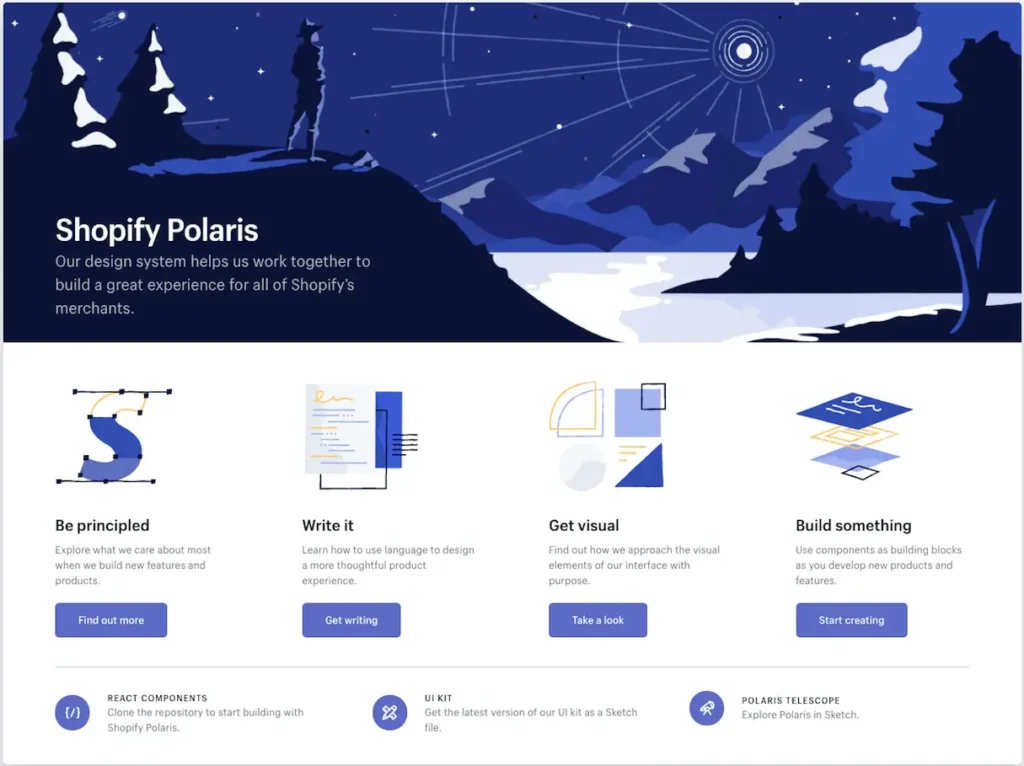
Key Features and Benefits
- Commerce Focused: Polaris is tailored for e-commerce, ensuring that every element is optimized for conversion and user experience.
- Figma UI Kit: The Polaris Figma UI kit is a comprehensive resource for designers looking to create e-commerce experiences that convert.
- Inclusivity: Polaris is built with inclusivity in mind, ensuring that commerce is accessible to everyone, everywhere.
Ant Design System
Ant Design is a design system for enterprise-level products. It’s committed to improving the user and design experience in a meticulous and comprehensive manner.
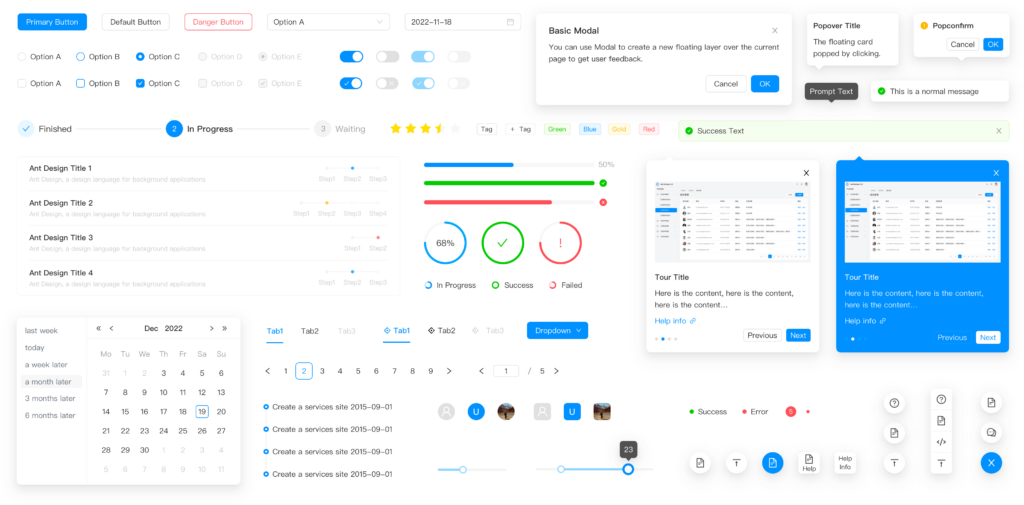
Key Features and Benefits
- Enterprise Focus: Ant Design is tailored for complex, data-dense, and performance-driven enterprise environments.
- Figma UI Kit: The Ant Design Figma UI kit offers a range of components and tools tailored for enterprise applications.
- Localization: Ant Design supports localization, ensuring that enterprise solutions are globally accessible and usable.
Conclusion
Design systems are more than just a trend; they are a fundamental shift in the way we approach design. They offer a structured, systematic, and scalable approach to creating, managing, and evolving the design process. The above design systems, each with their unique strengths, offer a pathway to enhanced efficiency, collaboration, and consistency. With the accompanying Figma UI kits, the journey to adopting these systems is even more accessible. As designers and design enthusiasts, embracing these systems is not just an option but a critical step towards creating designs that are not only visually appealing but also functional, consistent, and scalable.
FAQs
1. What is a design system and why is it important?
A design system is a collection of reusable components, guided by clear standards, that can be assembled together to build any number of applications. It ensures consistency, efficiency, and scalability in the design process.
2. How can a design system streamline the design process?
By offering pre-designed components, guidelines, and tools, design systems eliminate the need to start from scratch, ensuring that designers can focus on solving user problems rather than creating elements.
3. How can I get started with implementing a design system?
Begin by understanding the needs of your organization, evaluating existing design systems, and considering how they can be adapted or enhanced to meet your specific requirements.
4. Are there any resources or tools available for creating a design system?
Yes, the design systems mentioned above come with extensive resources, including Figma UI kits, to assist designers in implementing and adapting these systems to their specific needs.



